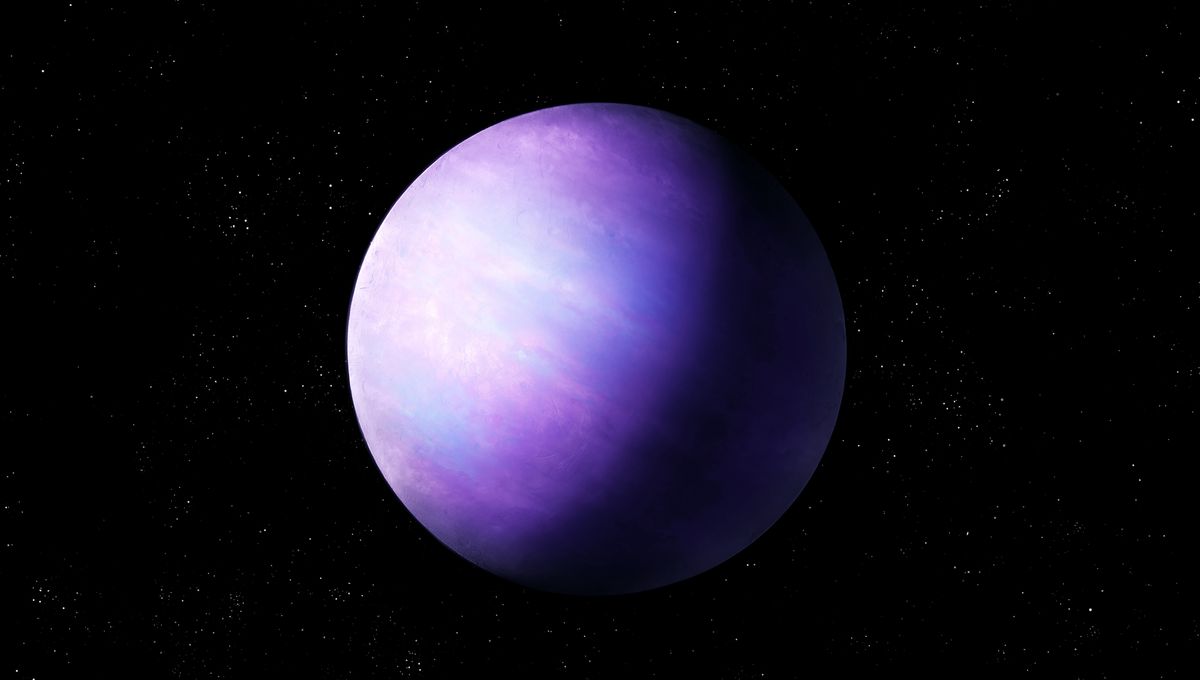Rethinking the Search for Alien Life: The Case for Purple Planets
Traditionally, when we imagine alien worlds teeming with life, visions of lush green landscapes or deep blue oceans come to mind. Yet, a recent study suggests that the most common hue of life across the universe might be purple, not green. This hypothesis stems from the fact that early Earth was dominated by purple bacteria for the majority of its history before greener organisms took over.

The Significance of Purple in the Search for Extraterrestrial Life
Cornell University’s Dr. Lígia Fonseca Coelho highlights that environments with low oxygen levels—likely a common scenario on many exoplanets—favor purple bacteria. These organisms are incredibly adaptable, thriving under a variety of conditions which makes them strong candidates for the kind of life we might encounter on planets orbiting red dwarfs. While green chlorophyll is familiar to us, purple bacteria absorb light at different, potentially more common, wavelengths in the universe.
Technological Advances and the Future of Exoplanetary Research
As our telescopic technology advances, detecting the “light fingerprint” of these purple worlds becomes more feasible. Dr. Lisa Kaltenegger of Cornell emphasizes the need for a comprehensive database of life’s signatures to ensure telescopes can recognize and record these alien biosignatures effectively. The detection of a purple tint on a distant planet could significantly alter our understanding of life in the cosmos, suggesting that where conditions differ, so too does the dominant form of life—potentially making purple the new green in the universal spectrum of life.
This shift in perspective challenges traditional notions and opens up exciting possibilities for future discoveries in astrobiology, as we begin to recognize and appreciate the diversity of life-supporting conditions beyond our own planet.
